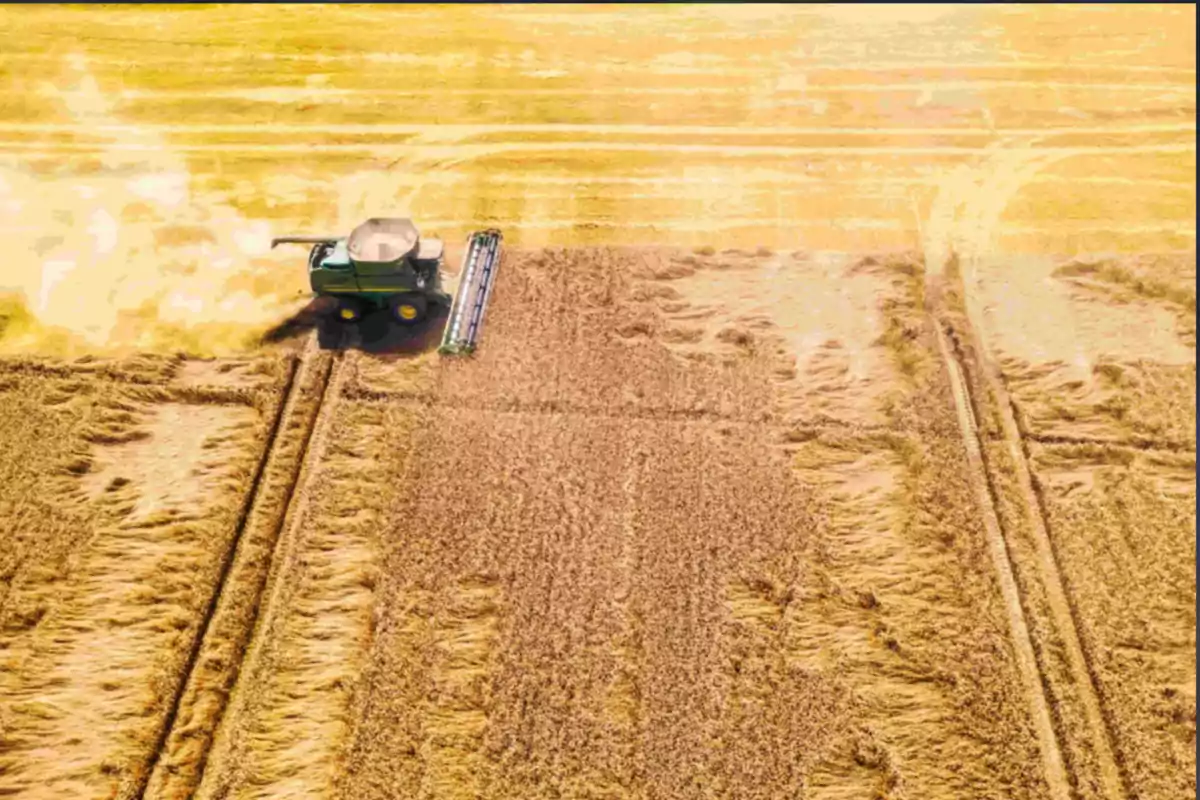
Milei delivers: export duties will decrease starting August 1, and the agricultural sector in Córdoba celebrates
Since August 1, new rates have been in effect. The agricultural sector in Córdoba and nationwide is projecting a decade of expansion
The National Government officially enacted by decree this Thursday the reduction of export duties for agro-industrial products. The measure will take effect starting August 1 and includes beef, corn, sorghum, sunflower, soybeans, and their derivatives.Decree 526 was published in the Official Gazette and responds to the announcement that President Javier Milei made at La Rural.
The new rates represent a substantial decrease compared to the scheme in effect until July.Soybeans will drop from 33% to 26% and their by-products from 31% to 24.5%, while corn and sorghum decrease from 21% to 9.5%. For sunflower, a 5.5% rate was set, and for beef, 5%, down from the previous 6.75%.
The objective of this decision is to stimulate production, improve external competitiveness, and gradually eliminate distortionary taxes. The national government reaffirmed that the elimination of export duties is part of the path toward a fairer tax system. "This administration understands export duties as a tax that must disappear," the decree states.

Córdoba: protagonist in agro-industrial growth
Córdoba is among the main beneficiaries of this measure thanks to its strong agro-export profile. The Córdoba Grain Exchange, along with other stock market entities in the country, supported the initiative through a joint statement."We celebrate this moment in which fiscal stability allows us to move toward a more efficient scheme," they stated.
The Córdoba agro-industrial sector represents a key pillar of the provincial and national economy. According to FADA, the agro-industrial GDP reaches 23.6% of the total, which is equivalent to more than US$124 billion annually. Seventy-five percent of exports of that value correspond to the grain and beef chains, where Córdoba plays a leading role.
The statement from the exchanges emphasizes that this permanent reduction is a necessary step to sustain global competitiveness. They highlight that the current macroeconomic stability allows for tax relief without compromising the surplus. According to economist Fernando Marull, the estimated fiscal cost is just 0.1% of GDP, that is, US$527 million.

More production, more exports, more jobs
The Rosario Board of Trade projects that by 2035, national grain production will increase by 8%. The new outlook, with a lower tax burden and no exchange rate gap, will take production from 159.3 (175.2) million tons to 172.3 (189.9) million tons. This will generate an additional accumulated value of US$28.8 billion between the 2025/26 and 2034/35 seasons.
The partial liberalization of the exchange rate implemented in April had already improved producers' net margins. Now, with lower export duties and no exchange rate gap, the percentage of the FOB price that producers receive is at its highest level since 2012. The combined effect increases profitability and improves conditions for investing in technology and acreage.
The AGMEMOD model, adapted by IYEE-BCR, keeps that the Argentine agricultural sector will contribute US$50.1 billion annually by 2035. This increase impacts not only primary production but the entire chain: transportation, logistics, financial services, and storage. Córdoba, with its solid infrastructure and export capacity, is prepared to lead this leap.

The signals producers were waiting for
For years, the Argentine agricultural sector has demanded a tax reform that eliminates distortions and stimulates investment. This reduction in export duties is the first concrete signal that meets that historic demand. The government's decision was enthusiastically received by the main players in the agricultural sector.
The president of the Federation of the Meat Industry, Daniel Urcía, estimated that the overall impact on the beef chain will be US$20 million per year. In the case of soybeans, producers will receive between US$24 and US$25 more per ton. For corn, the additional income will be between US$7 and US$8 per ton, according to the Córdoba Grain Exchange Córdoba.
These new values allow for improved real profitability, facilitate access to credit, and enable long-term planning. In addition, the unification of the exchange rate reduces uncertainty and favors the dollarization of productive surpluses. Fiscal predictability once again becomes a development tool, not a threat to producers.

A point of no return for agriculture
The reduction of rates and exchange rate stability change the logic of decision-making in the sector. Producers are no longer tied to speculating with gaps, exchange rates, or bearing senseless tax burdens. Today, the incentive is clear: produce more, invest more, and export more.
The Argentine agricultural sector has the capacity to multiply its contribution to the country if conditions are maintained. Córdoba is already positioning itself as an agro-export hub with a high level of professionalism and technological adoption. The government's decisions consolidate that leadership and restore predictability to the sector.
More posts: